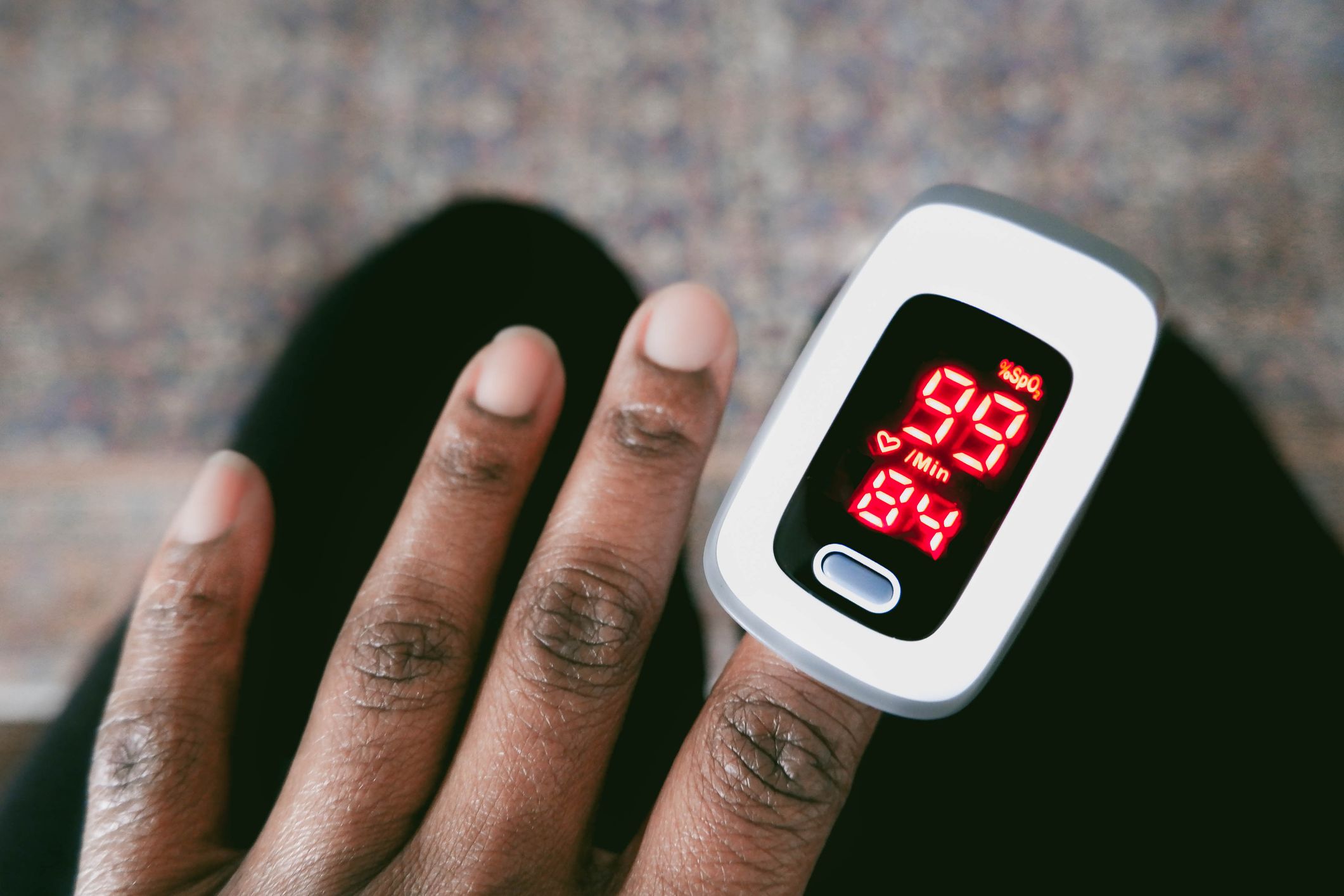


Best vibrators for G-spot and clitoral stimulation
How long is coitus "supposed" to last? For some, it's a matter of seconds, while for others it can go on for nearly an hour or more. Foreplay, however, is the main event that we tend to underplay.
Eight minutes.
That's apparently the sweet spot.
Eight minutes of coitus is what most of us are having, according to a study that set out to find out how long the nookie usually goes on for. Research participants were asked to time how long their intercourse lasted, and 55 seconds was the shortest intercourse duration observed in the study while the longest bumped along for more than 44 minutes. The median, however, was about eight minutes.
Read more | Here are some vital checks every sexually active woman and girl should get done this Women’s Month
It's often said that it’s not about the destination, it’s about the journey. The saying could not be truer when it comes to sex if you consider foreplay (any sexual activity before the actual intercourse) the journey.
“It is particularly important for women to have successful foreplay because it takes a woman a longer time [than a man] to get up to the level of arousal needed to orgasm,” says Dr Ruth Westheimer, a psychosexual therapist from the US.
FOREPLAY ALL DAY
“Foreplay is a bad name because it sounds like something you start doing and then stop doing,” says Pepper Schwartz, author of 50 Great Myths of Human Sexuality.
“Stretching out the sensuality is very erotic. Foreplay is something to be lingered over. After all, it’s often the longest part of the sexual encounter. It’s seduction, conversation, touching the body . . . it’s all that, and that should go on throughout lovemaking,” adds Dr Jeanette Raymond, author of Now You Want Me, Now You Don’t!

GET IT ON
Here are some tips for better foreplay:
- Speak up and tell your partner what you want and ask them what turns them on. If you feel shy to talk face to face, send them an email or text – it’ll add to the excitement!
- You can also share your fantasies with each other and decide which ones you’d like to act out.
- Continue talking about it over time, as your needs may change.
- Explore each other’s bodies to find hot spots that you may not have discovered before.
- Try not to rush to get to the “main event”.
“The biggest mistake people make with women is to jump to the genitals right away and ignore the face, the neck, the earlobes and just about anything else,” says Schwartz.
“Once you know their hot spots, don’t simply make them your go-to every time you’re between the sheets.
“Allow the anticipation – like a tease,” suggests Dr Raymond.
Read more | Sex advice your parents, pals or LO teachers probably never gave you
WHY IT’S GOOD FOR YOU
It creates an opportunity to become physically ready for sex, as your body becomes increasingly aroused.
It’s a great way of bonding with your partner.
Remember, foreplay can start many hours before sex in the form of sexy texts, hugs, kisses and flirting.
It makes you feel wanted and gives you that all-important emotional assurance, which amps up the sexual experience.
Just the simple act of kissing has been found to trigger a release of feel-good hormones – oxytocin, dopamine and serotonin – which also help lower stress levels.
It’s easier to reach orgasm after stimulating foreplay.
For men, especially older men who may not get erect as quickly as when they were younger, foreplay creates the time and stimulation to get them where they need to be!
Sources: bostonmedicalgroup.com, healthline.com, sheknows.com, webmd.com / Additional reporting by Kim Arendse

DID YOU KNOW?
When you’re sexually aroused, your heart rate increases. There’s an increase in blood flow to your genitals, which causes the labia, clitoris and penis to swell. Your breasts also swell and the vagina becomes lubricated.




